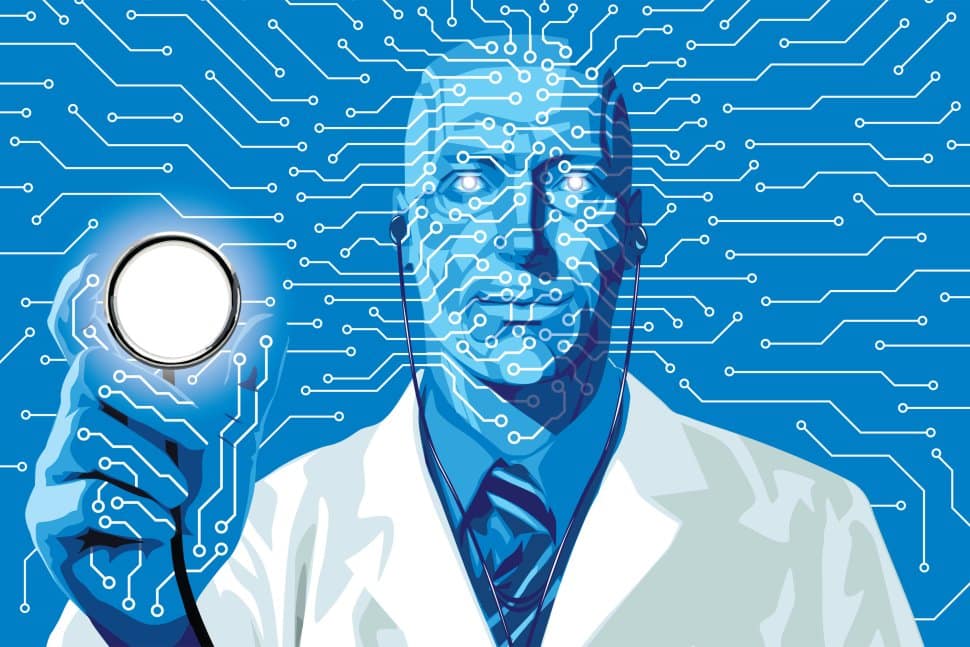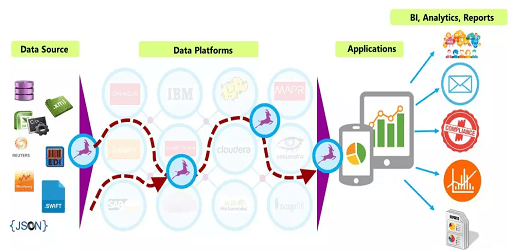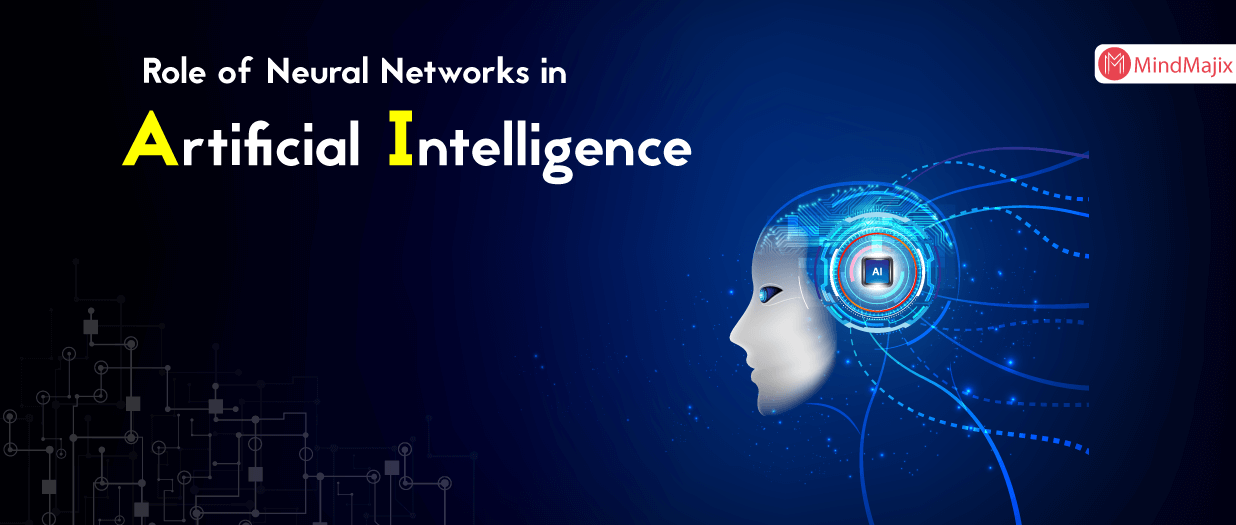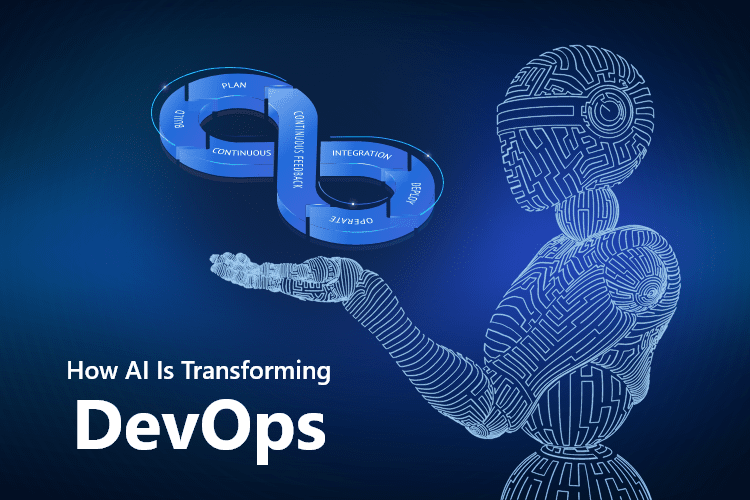AI is changing the cultural paradigm of medicine: its applications could become increasingly indispensable to provide answers in highly complex and uncertain contexts and allow doctors to have more time to take care of their patient’s care needs.
Artificial Intelligence will be essentially useful as it is complimentary for the doctor, who will be able to delegate the calculations and operations on the data to the machines but keep for himself the interpretation of the complex phenomena and the consequent possible solutions.
AI systems must be considered an instrument, such as the microscope, the phonendoscope, the electrocardiograph, developed over time to make up for the limited perceptive capacity of doctors. The best results are expected when the AI works to support health personnel.
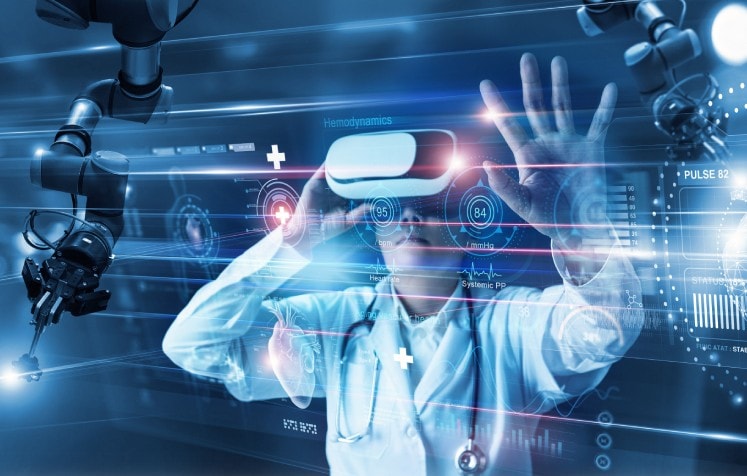
Artificial Intelligence and Data Analytics
Let’s start with the fact that Artificial Intelligence is able to perform repetitive tasks, which are not lacking in the health sector. In the United States, doctors spend more time filling out electronic health records than working with patients. If artificial intelligence could do most of that recording, they could use better their time and intelligence!
Nevertheless, we should not think of leaving all the work to artificial intelligence, as health personnel must be properly trained to interact with artificial intelligence.
In fact, the data necessary for the training of the algorithms to elaborate the predictive models are generally of not optimal quality, because they are not subjected to that process of “cleaning” and re-elaboration that would be unsustainable in the daily clinical practice and therefore may not be able to provide implementable answers for clinical decisions and treatments, also because, sometimes, they could “learn” the errors of natural intelligence.
You can also read: Artificial Intelligence and Machine Learning: Human vs Machine?
Artificial Intelligence and Data Analytics
In addition to unstructured, data collected by human beings, such as electronic records or medical records, are not always available. They’re not available everywhere and their value is also limited to the collection set.
The aspects of context, difficult to explain in quantitative terms, can therefore be underestimated and under-represented, just think of the conditions that cannot be clearly defined in terms of pathology, the “fragility”, the conditions of extra-clinical distress, the psychological and social factors, family members, the conditions of economic or cultural, logistic disadvantage, which always affect the clinical management of the patient.
Another limit to the reliability of the data is linked to uncertainty, an inevitable variable in medicine, characterized by large gray areas of knowledge, due to the incomplete domain of available knowledge and the intrinsic limits of medical knowledge. In the case of studies on new diagnostic tests, there is a risk of uncertainty in the interpretation.
Depending on the choice of which one to use for the training of the algorithm, the levels of accuracy can be different.
Anyway, we plan to pass this phase and learn to collect and organize data in an orderly and structured way, such as to be processed by artificial intelligence, what can be the applications in the medical field?
AI and Prevention
Everyone knows that prevention is better than cure. New innovations like the smart belt, which warns people when they eat too much, are opening a new era of health prevention. The goal is to keep people in good health and to prevent them from seeking care.
Google launched the DeepMind Health project. It is able to process millions of medical information in just a few minutes, greatly speeding up medical processes.
Which are clinical in nature, such as folder archiving, or diagnostics. DeepMind researchers are also working on models to emulate the ability to imagine the consequences of an action before undertaking it. They are practically trying to understand what intelligence and imagination are to convert them into algorithms.
The Google branch of life science is also working on a project called the Baseline Study to collect genetic data. The aim is to adopt some of Google’s algorithms to analyze what allows people to be healthy. For this project, researchers also use disease monitoring technologies, such as intelligent contact lenses to measure blood sugar levels.
AI and Diagnostics
When problems occur, Artificial Intelligence can help identify them first. Microsoft is developing computers that work at the molecular level to fight cancer cells as soon as they are detected. Artificial Intelligence is also used to analyze the behavior of online search engines to identify mental health problems.
Artificial Intelligence can help doctors diagnose patients more quickly and arrive at an understanding based on 80% of health data. Invisible to current systems because they are not structured. For example, in a recent article published in Nature Medicine.
Scientists claimed to have built a system that can automatically diagnose the most common childhood diseases, from flu to meningitis. After processing the patient’s symptoms, history, laboratory results, and other clinical data.
Also very active in the medical field is IBM. With its artificial intelligence, Watson has entered the hospital wards permanently. Watson appears to be able to anticipate diagnoses of heart failure by two years compared to traditional methods.
The algorithm is based on the data normally collected during the visits: “We have discovered – explains Jianying Hu. One of the researchers involved – that diagnosis of other diseases, prescribed drugs, and medical records of possible admissions, in this order, can provide signals able to predict the disease. Added to this is information obtained from folders compiled by doctors using discursive language ».
AI and Research
Artificial intelligence can also be used to predict the possible side effects of a drug. This was demonstrated by a study by Stanford University published by the ACS Central Science journal.
The algorithm succeeds, based on little information on the chemical structure of the potential drug. To formulate predictions both on the potential toxicity and on the instability of the molecule. Greatly accelerating the time required to synthesize the drug.
Also at Stanford University. They demonstrated that a deep learning algorithm is able to diagnose the different types of skin cancer with an accuracy equal to that of the best dermatologists. All based on the images of the epidermis taken by a smartphone.
Robotics
When we think about artificial intelligence, we often think about robots. Science fiction has accustomed us to think of robots similar to humans, but much more intelligent. Well, even if not everyone has our appearance, they are already used successfully in medicine.
Let’s see what are examples of robots Radiology.
Another area in which Artificial Intelligence and medicine give excellent results is that of radiology. The pioneer in this field is Enlitic: The software they offer will not replace the work of radiologists.
But will help them make it faster and more precise. The first task that the radiologist robots will have is to ascertain, for example, that the radiograph that has been labeled by doctors as a left hand is certainly not a right hand. The robot will then proceed to the radiography analysis to detect any anomalies.
Based on what they detect, the radiologist robots will assign a certain priority level to the radiograph they will deliver to the specialized radiologist. If they find no anomaly, then they will assign a low priority. The radiologist, having received the image, will study it in turn and draw up a report.
In this way, the process of diagnosis and analysis of an X-ray will be much faster than usual.
Surgery. In 1999 Intuitive Surgical developed what within a few years has become the most famous surgeon partner in the operating theater, Da Vinci, named after Leonardo.
You can also read: Artificial Intelligence and Learning
Robots Radiology
It is important to emphasize that Da Vinci is not a robot that acts in total autonomy. Rather. To guide his arms – on which are mounted the necessary tools to perform the operation – and to determine his behavior are always surgeons who have undergone training to learn how to use it. At the moment there are no robots, humanoid or not, able to decide and act independently in the operating room.
Da Vinci robot is composed of two main parts: the one that physically performs the intervention on the patient, and the apparatus that thanks to a 3D screen allows the surgeon to guide the arms on which the instruments are mounted.
His presence in these years has spread considerably in hospitals. It is used in urological, gynecological, cardiological, thoracic, pediatric surgery, and robotic trans-oral surgery for the treatment of certain pathologies through the mouth. In a decade da Vinci was used worldwide for interventions on over 2 million patients.
Interventions are generally less invasive than those that traditional surgery allows Autism. There are many hospitals where the use of robots is tested in therapies against autism in children. Therapies that exploit the natural propensity of children to interact with robots.
The Robots Radiology
iCub is a kind of partner of the therapist. As the researchers of the Italian Institute of Technology explained. The goal is not to further isolate the child within a relationship between him and the robot but to work because he begins to open up to the relationship with his fellow humans. The robot in this case becomes a link between the small patient and the therapist.
iCub, despite having the appearance of a five-year-old child, is one of the most advanced humanoid robots. It is no coincidence that this social robot is being studied in many research centers around the world as it is no coincidence that it has been chosen for experimentation.
This humanoid interacts with us, thanks to the look and facial expressions. His body is covered with artificial skin that allows this android to have the perception of physical contact and the objects that surround it, just like a kind of human touch.
Conclusions
In the development of artificial intelligence, doctors must therefore play a role of guidance, supervision, and monitoring, using their own intelligence and the abilities that make them superior to machines, in particular abstraction, intuition, flexibility, and empathy, to exercise a conservative and constructively critical approach, highlighting the enormous potential, often uncritically emphasized for commercial reasons, but also the limits (and possible threats, such as the science-fiction dystopia of machines in power!).
Stephen Hawking said that the “development of full artificial intelligence could spell the end of the human race.”
Would you like to read more about Artificial Intelligence in Healthcare-related articles? If so, we invite you to take a look at our other tech topics before you leave!






